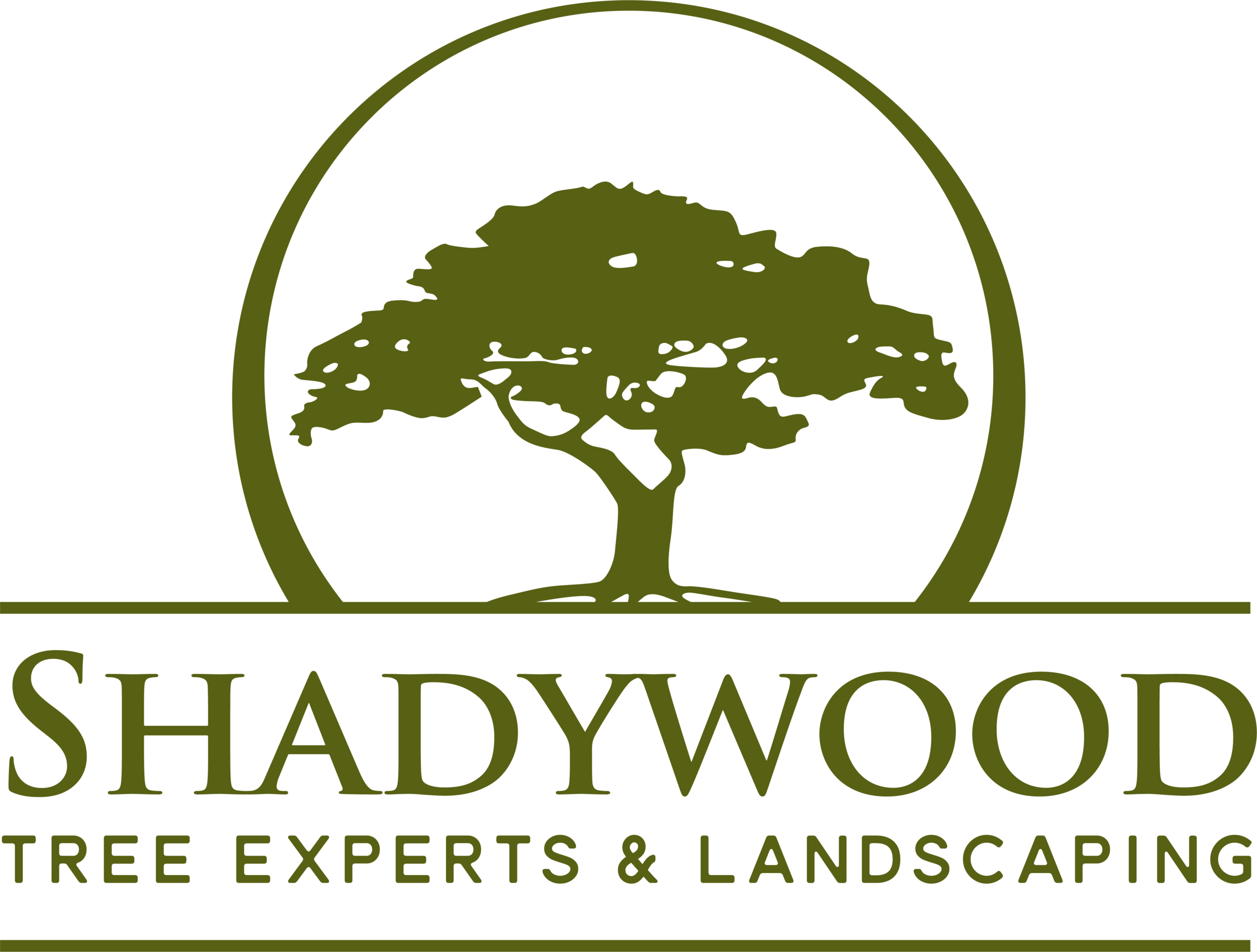EAB is in Minnesota.
Minneapolis EAB & Treatment.
Emerald ash borer (EAB) is a wood boring insect native to eastern Asia that feeds on tissues under the bark of ash trees. Because EAB is not native to this area, our ash trees do not have natural defenses for this insect and will die if not treated in a preventative manner.
Early detection of an EAB infestation is difficult. Decline, branch dieback, trunk sprouts, small, 3-5 mm “D” shaped exit holes, and other symptoms usually show up the second or third year of the infestation. Please review our list: Symptoms Your Ash Tree Has EAB for more details on early signs and detection.
By the time a tree shows signs of EAB infestation, it is too late to save it.
Preventative EAB treatment is can be 99% effective, as long as it is started early, when trees are still healthy. Ash trees within 15 miles of a confirmed EAB site are at risk of an EAB attack. Preventive treatments are suggested within this risk zone but may be premature outside this area. Continued monitoring of ash trees outside the risk zone for EAB symptoms is suggested.
You can review the Minnesota Department of Agriculture’s EAB map that shows EAB infested areas in Minnesota:
Emerald Ash Borer Status Map.
EAB Treatments
Treatment options for EAB include soil and trunk injected applications. Shadywood Tree Experts is in a unique position to offer all possible options concerning EAB, preventative and therapeutic treatments, to removal as a last resort. All of our treatments are safe and have been approved by the EPA.
Trunk Injection for larger trees - The trunk injected product has the active ingredient of emamectin benzoate. Trunk injection gives a two year protection window for your trees.
For smaller trees - Lithe products are available for small trees under10 inches dbh. They include soil applied imidacloprid, dinothuraflan. Both are used in combination in order to give yearly protection. Treatment must be done annually in order to continue protection for the tree.
EAB Treatment Timing
Timing for EAB treatment varies with the application method, though spring, mid-April to mid-May, is the best time to treat for EAB. Systemic insecticides require time, adequate soil moisture, and active tree growth for distribution within the tree. Most soil-applied products (soil
drench, granular, soil injection) must be applied in early spring (mid-April to mid-May) to be effective. Basal trunk sprays [most effective for trees <23" dbh] using dinotefuran can be applied from mid-May through mid-June. Trunk injections can generally be made during full canopy
(April through August). Good soil moisture is critical for the effectiveness of any preventive treatment.
Contact Us
Call us today to set up a consultation with one of our ISA Certified Arborists to discuss your options.



